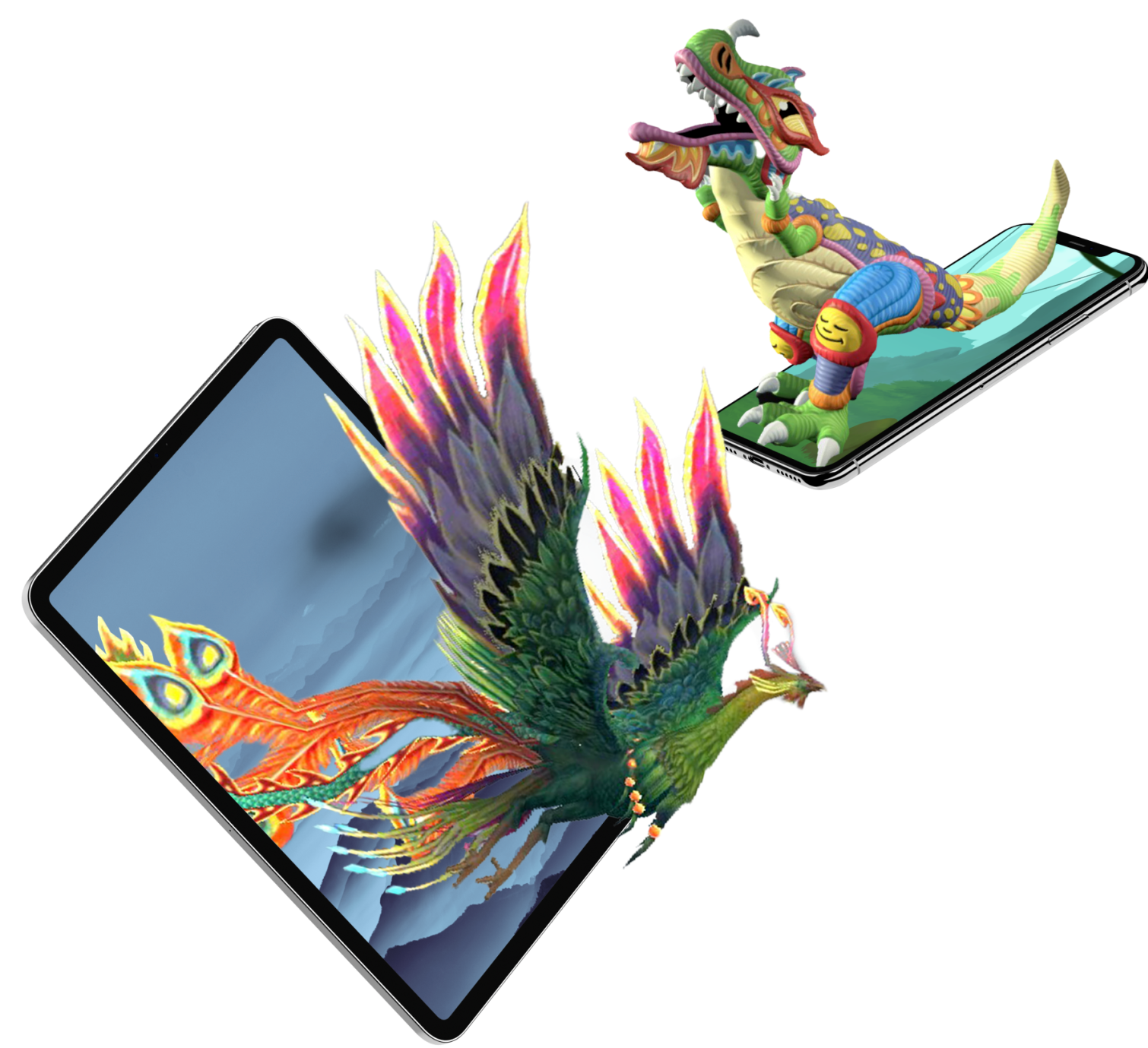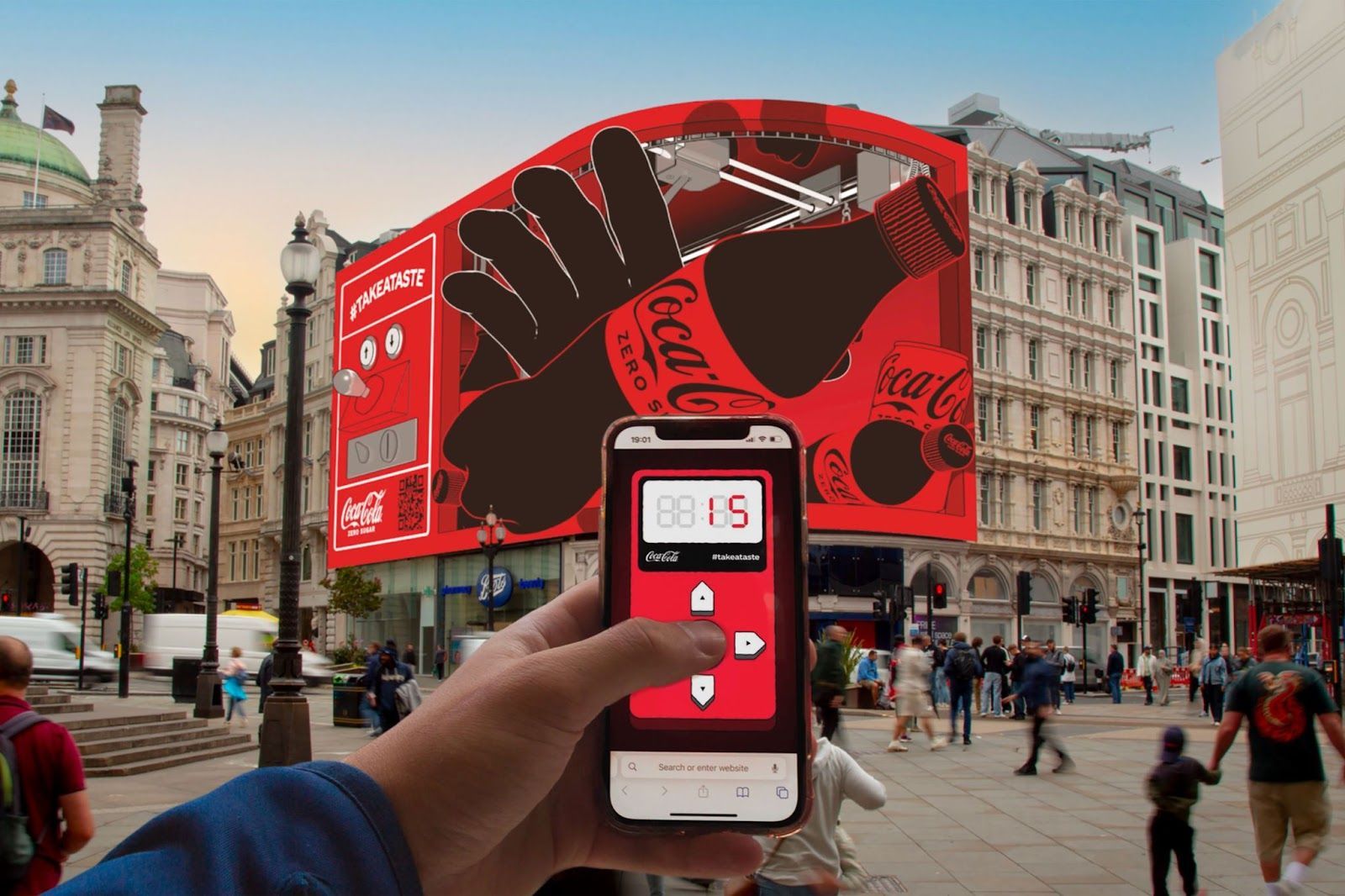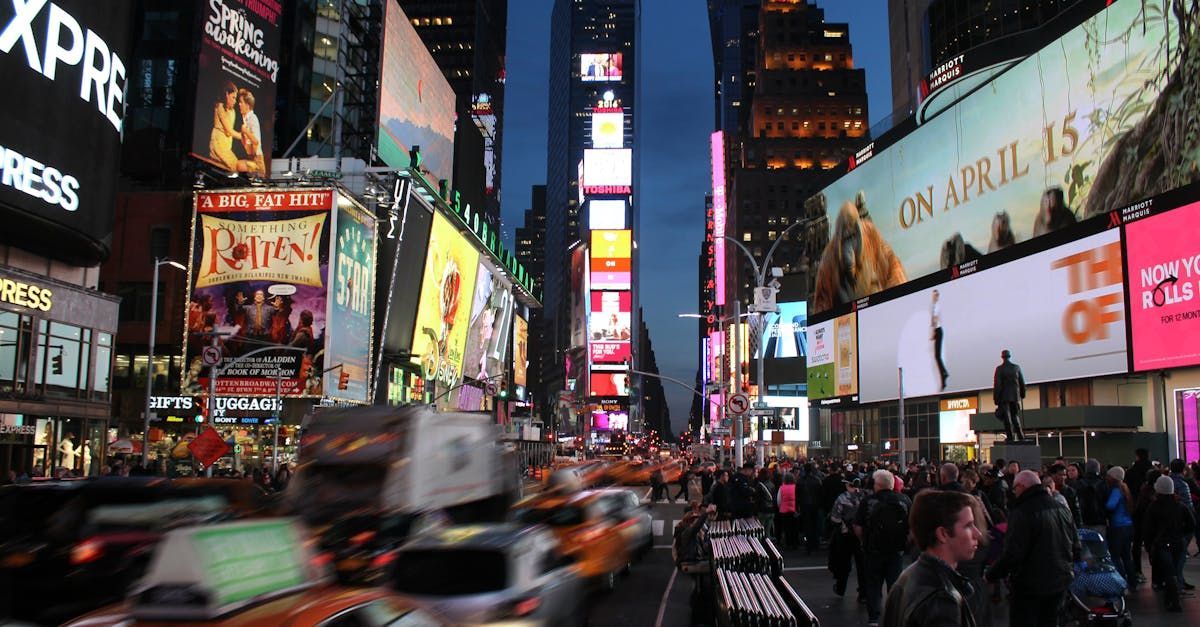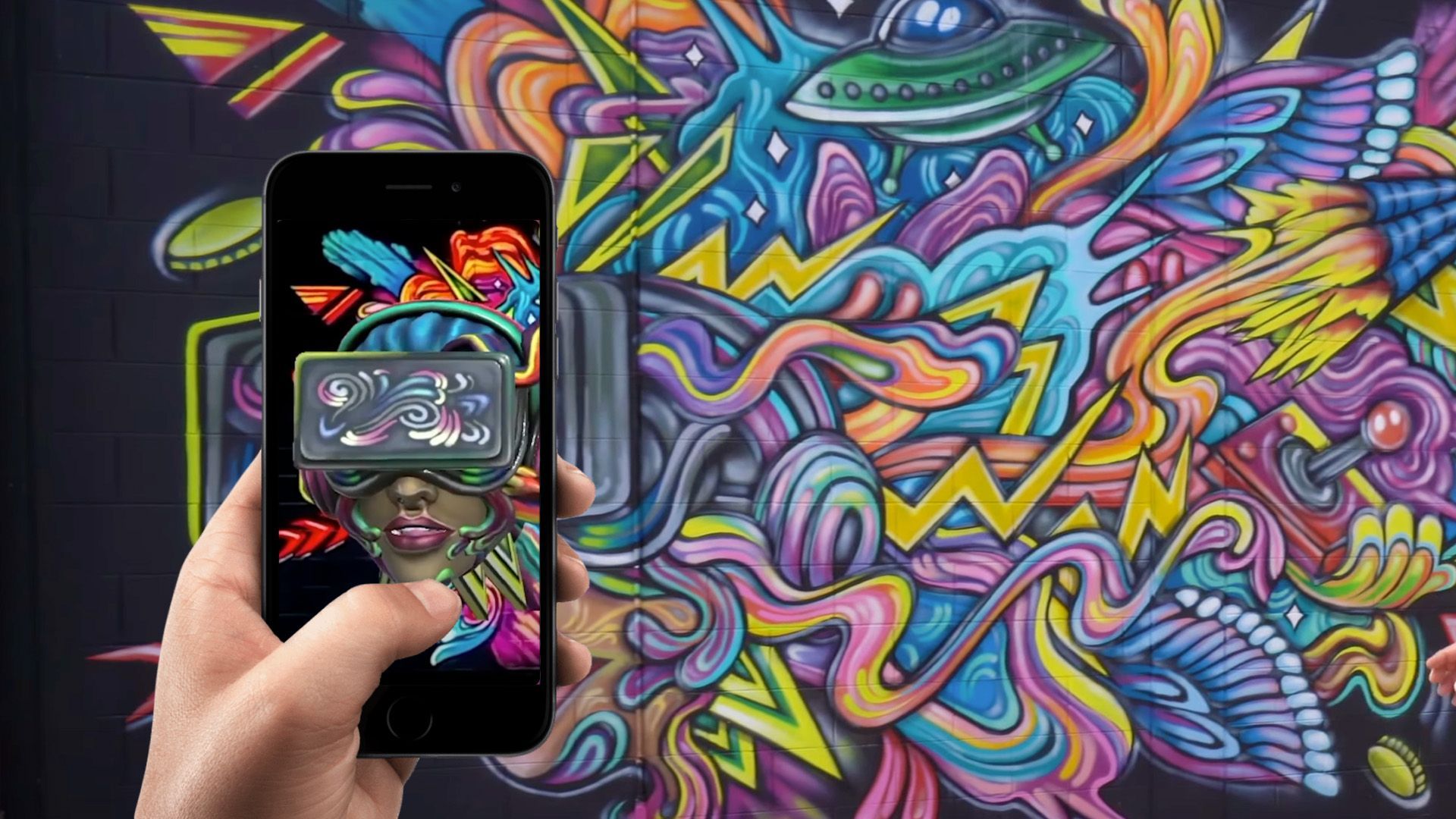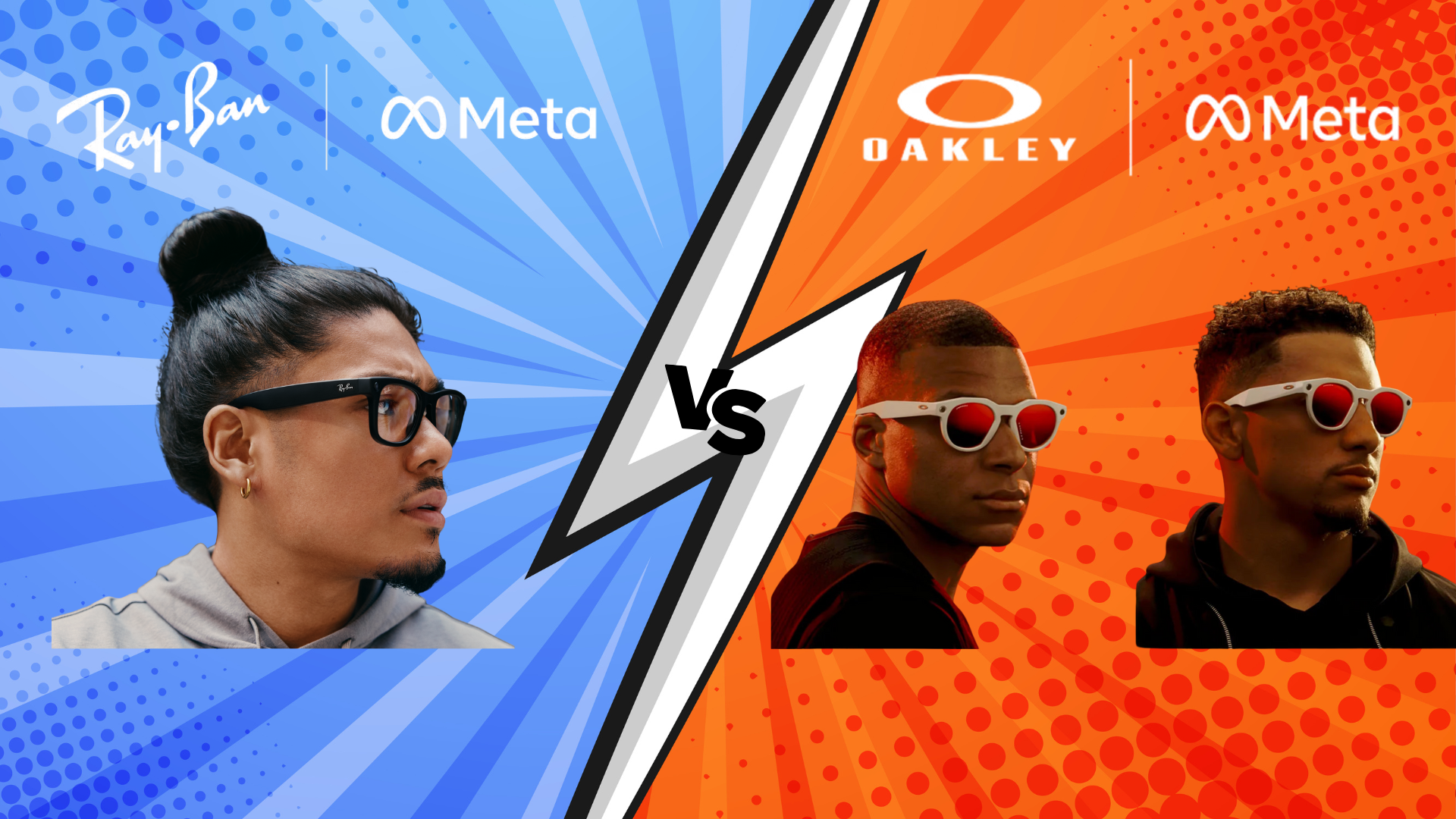Why Magic Mirrors are the Future of Retail
The retail landscape is undergoing a transformative shift powered by technology that redefines how customers interact with products in physical stores. Central to this transformation are augmented reality mirrors, also known as magic mirrors, which blend the convenience of online shopping with the tangible experience of brick-and-mortar stores. This article explores why magic mirrors are not just a fleeting trend but a foundational element in the future of retail.
Bridging the Gap Between Online and In-store Experiences
As e-commerce continues to grow, traditional retail stores must innovate to attract and retain customers. Magic mirrors serve as a perfect bridge between online and physical realms. They provide a seamless, interactive experience, allowing customers to try on clothes virtually, view digital signage, and even see how makeup products look on their faces. This integration enhances the customer experience by merging the best aspects of both worlds—online convenience and in-store service.
Enhancing Customer Engagement Through Augmented Reality
Augmented reality (AR) technology is at the heart of magic mirrors, offering customers unique and personalized shopping experiences. Simply by standing in front of a magic mirror, customers can see how different outfits look on them without changing their clothes. This saves time and makes the shopping experience more engaging and fun. Plus, the high-quality visualizations provided by AR encourage customers to explore options they might not consider otherwise, potentially increasing sales and cross-selling opportunities.
Increasing In-store Efficiency and Sales Data Collection
Magic mirrors contribute significantly to operational efficiency within retail stores. They can reduce the need for multiple physical trial rooms and minimize the effort required to try on numerous outfits. Furthermore, these mirrors collect valuable sales data in real-time, offering insights into customer preferences and behaviors. Retailers can use this data to optimize their inventory and improve product recommendations, enhancing the shopping experience.
Social Media Integration and Marketing
One of the most compelling features of magic mirrors is their ability to connect with social media platforms directly. Customers can share their digital looks with friends or on their profiles, enhancing their social interaction and serving as free marketing for the retailer. When customers share their looks online, it increases brand visibility and can attract new customers to the store, creating a cycle of engagement and promotion.
The Role of Magic Mirrors in Fitting Rooms
The fitting room is where decisions are made, and magic mirrors can significantly influence these decisions. Magic mirrors can turn the fitting room into a hub of personalization and choice by providing options to change colors or styles with a simple gesture. This can enhance the customer's decision-making process, increase satisfaction, and reduce the chances of returns due to dissatisfaction with a product.
Real-time Customization and Enhanced Shopping Experiences
Magic mirrors can also offer real-time customization options, such as adjusting the lighting in the mirror to see how an outfit would look in different environments or adding accessories to an outfit before making a purchase. This level of customization ensures that customers can make well-informed decisions and are happier with their purchases, ultimately leading to higher customer loyalty.
What exactly is a magic mirror?
A magic mirror refers to an augmented reality (AR) device used in retail settings that allows customers to try on clothes, accessories, or makeup virtually. These mirrors use cameras and AR technology to superimpose products on the user’s reflection, enabling them to see how different items look without physically trying them on.
How do magic mirrors enhance the customer experience?
Magic mirrors make shopping more convenient, engaging, and efficient. They reduce the time spent in fitting rooms, provide styling recommendations, and allow customers to switch between products and variations with ease. They also integrate with social media to share looks and gather feedback, enhancing the social aspect of shopping.
Can magic mirrors help retailers increase sales?
Absolutely! By providing a fun and interactive shopping experience, magic mirrors can increase customer engagement and time spent in the store. They also allow for better visualization of products, which can boost confidence in purchase decisions and decrease return rates. Additionally, the data gathered from these interactions can help retailers tailor their offerings and promotions to meet customer preferences more accurately.
Are there sustainability benefits to using magic mirrors?
Yes, there are significant sustainability benefits. Magic mirrors can reduce the need for sample products and excess inventory by allowing virtual try-ons. This not only minimizes waste but also lessens the environmental impact associated with the production and disposal of unsold goods. Furthermore, by reducing the number of returns and the logistics involved, magic mirrors can contribute to lowering the carbon footprint of retail operations.
What are the challenges associated with implementing magic mirrors?
Implementing magic mirrors involves upfront costs related to purchasing the technology and integrating it with existing systems. There is also the ongoing need for software updates, maintenance, and staff training to ensure seamless operation. Retailers must also ensure they have robust cybersecurity measures in place to protect customer data captured by these devices.
Where can I see magic mirrors in action?
Magic mirrors are increasingly being rolled out in high-end boutiques, large department stores, and beauty shops around the world. Brands that focus on enhancing customer experience and integrating digital technologies into their retail strategies are likely to offer this innovative solution.
Are magic mirrors just a trend, or are they here to stay?
Magic mirrors represent a significant shift in retail technology, offering benefits that go beyond a temporary trend. As retailers continue to seek solutions that combine the best of online and in-store shopping while reducing costs and improving customer satisfaction, magic mirrors are likely to become a staple in the evolving landscape of retail.
Conclusion
Magic mirrors represent a convergence of innovation, convenience, and enhanced customer interaction, making them an invaluable asset in the future of retail. As these technologies continue to evolve and integrate deeper into the retail experience, they promise to enhance the way we shop and to revolutionize the retail space itself. By offering an immersive, efficient, and personalized shopping experience, magic mirrors are not just the future of retail; they are setting the new standard for the shopping experience worldwide.
FAQs
TALK TO A PRO
We're here to bring your brand to life!
Stay Connected with BrandXR
Create Augmented Reality for Free!
Create, Publish, and Measure 3D Augmented Reality Experiences Without Having to Code.
